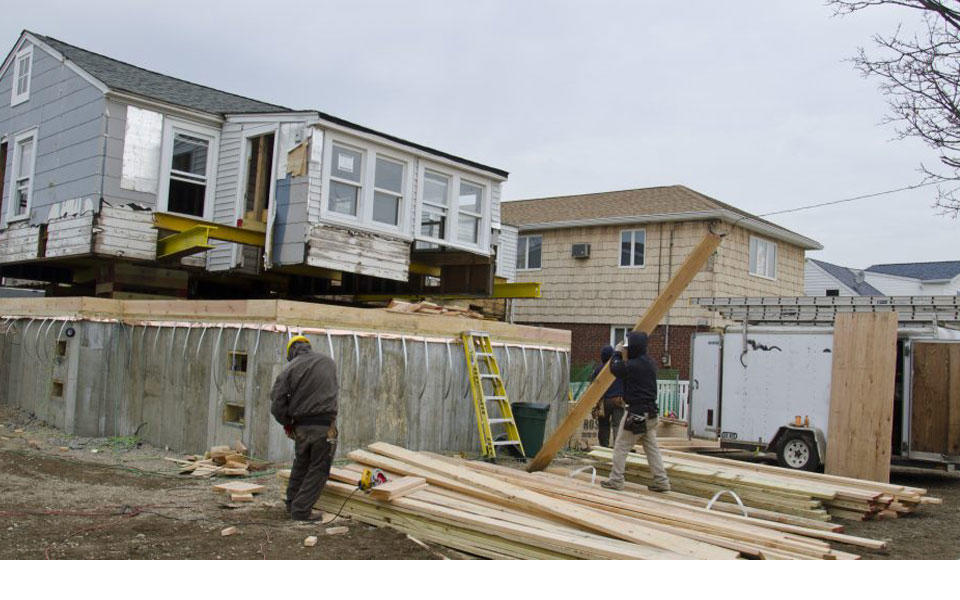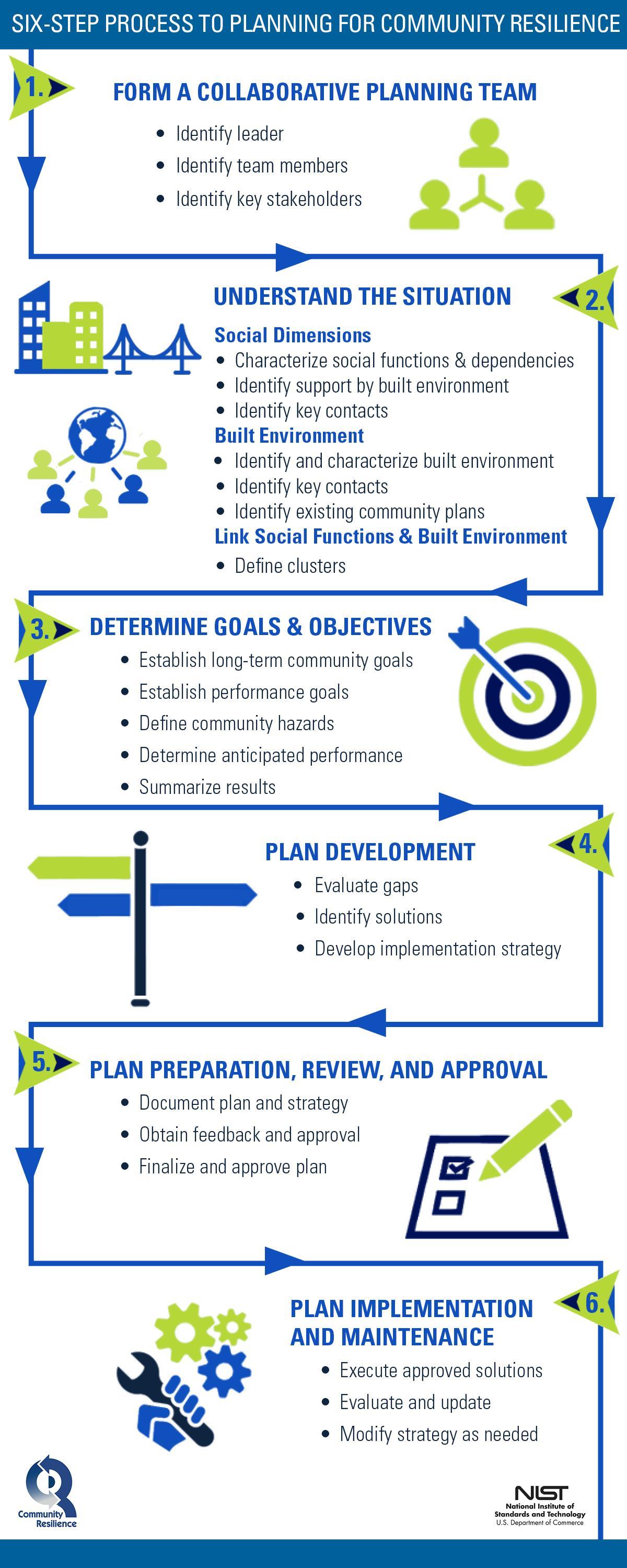Taking Measure
Just a Standard Blog

Following the devastation left by Hurricane Sandy, the owner of this home in Seaford, New York, is having it raised to help decrease the chances of future disaster damage.
“Buildings built to the most modern building codes were the safest places to be during Hurricane Sandy.”
Having spent most of my life in code enforcement, I’ve known this to be fact and have seen the evidence with my own eyes. But hearing New York City Chief Resilience Officer Daniel Zarrilli say it on stage at the White House Conference on Resilient Building Codes this past May after the death and destruction wrought on the Northeast during Superstorm Sandy in 2012 brought back so many memories and reminded me why the International Code Council’s motto and mission is: “People Helping People Build a Safer World.”
Spending much of my career in hurricane-prone Florida, I’ve seen the real-life effects of natural and manmade disasters on communities. Working at the Planning, Zoning & Building Department in Palm Beach County, Florida, from 1983 to 2001, I had a front-row seat to the awesome power of Hurricane Andrew. It’s clear to me and the International Code Council (ICC) that, as our populations grow to cover more of the Earth’s surface and as our climate and weather pose powerful challenges we need scientifically sound, regularly updated, and properly implemented building codes.
Ensuring occupant health, safety, and welfare is the foundation of today’s building codes. Our current building codes reflect the latest understanding of hazard exposure and building performance. For instance, we include provisions in our construction codes that address disaster preparedness and recovery—from how and whether to build in flood plains to constructing new buildings and modifying existing buildings so that they can better withstand natural and manmade disasters.
Adaptability and lengthening the lifecycle of buildings are important considerations as well. Our codes enable changes to the systems inside the building and the structure itself after it’s been occupied, including repair, alteration, change of occupancy, addition to, and relocation of existing buildings. As communities change, so do the buildings they use. Codes that anticipate and allow for existing buildings to be adapted for new uses preserve a sense of continuity while also reducing blight from outdated, unused, or disaster-damaged buildings.

Creating resilient communities also requires diligent planning and innovative thinking, like that recommended in the NIST Community Resilience Planning Guide for Buildings and Infrastructure Systems. As more communities begin incorporating the ideas outlined in the NIST guide, they will be able to take advantage of more robust building codes. This kind of symbiosis between community resilience planning and standards and codes is essential if we are to prepare our communities for the challenges that nature throws at us and to ensure that we can maintain the vital social and economic functions of our community during and after a destructive event and get back to business and normalcy as quickly and completely as possible.
The effective implementation of up-to-date codes increases the use and efficacy of new building technologies and offers a cost-effective path toward community stability before, during, and after times of disaster.
Code development is one of a number of measures in place to create resilient communities, and it’s one that I personally have witnessed expand the concept of resilience into the regulatory landscape. ICC uses its open, transparent, and inclusive code development process to explore, study, debate, and incorporate the latest in resilient construction. We capitalize on the expertise of every sector of society including government, private industry, academia, and the general public.
In addition to regular adoption of updated codes, proper implementation of those codes means that the teams of local code inspectors, fire officials, plan reviewers, and other code professionals are provided with the tools, resources, and education needed to keep pace with the rate of technological improvement in building construction. It’s important to prioritize the support of building and fire code enforcement departments.
After all, building codes are an essential way for us to prepare ourselves for hazardous events. Lack of strong enforcement undermines that effort. Just as the failure of a single column can bring down an entire building, the failure of a structure vital to the operation of a community, be it a hospital or water treatment plant, can have a profound effect on how well a community weathers a storm and how quickly it can get back to normal.
The foundation of community resilience is proper planning. Up-to-date building codes that reflect the most recent knowledge and experience are an important part of that strategy. We are committed to improving the resilience of our nation. Without cooperation and input from NIST and others, our job would be exponentially more difficult.
About the author
Related Posts
Comments
- Reply





